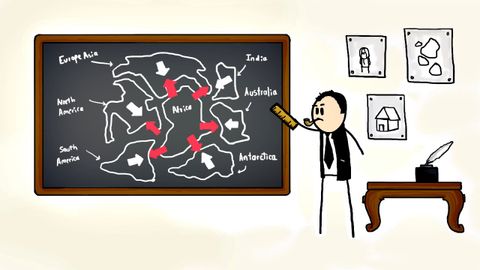
字幕と単語
動画の中の単語
edge
US /ɛdʒ/
・
UK /edʒ/
- n. (c./u.)人とは際立って違うもの;刃物の刃;端 : ふち
- v.t.(刃物を)鋭くする:研ぐ;縁取りをする
- v.t./i.少しずつ進む : じわじわ進む
A2 初級TOEIC
もっと見る drive
US /draɪv/
・
UK /draɪv/
- n. (c./u.)やる気;(家畜などを)追うこと;コンピュータ : ドライブ;ドライブ : 車で出かけること;原動力;ドライバー : ショット;私道:車道
- v.t.(家畜などを)追いやる;運転する;(人をある行動 : 状態 : 場所などに)走らせる;(機械などが)動く;(ゴルフなどでボールを)打ち込む : 遠くまで飛ばす;(穴を)あける : 掘る
A1 初級TOEIC
もっと見る エネルギーを使用
すべての単語を解除
発音・解説・フィルター機能を解除
